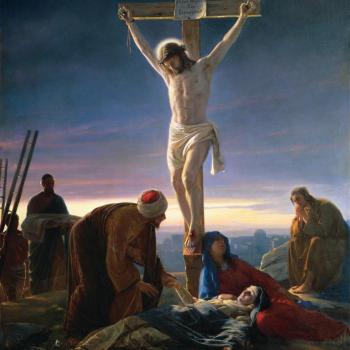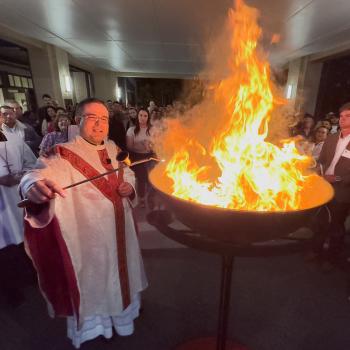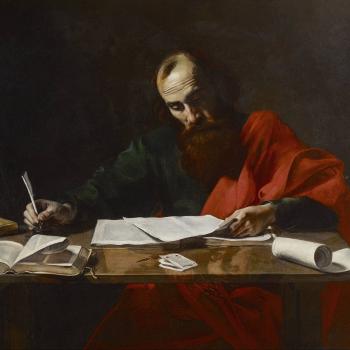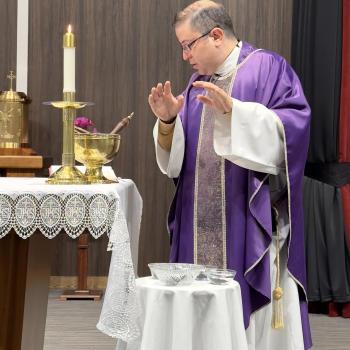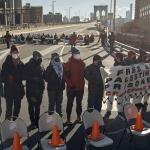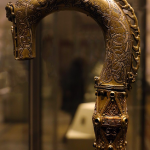For the Church to declare a martyr, evidence must surface that the person was killed out of hatred for the faith. The person carrying out the execution must have been motivated directly out of a disregard for the Gospel, not political, personal or any other reason. For years Romero’s case was carefully studied in Rome due to accusations that the Archbishop had been killed for political reasons and not out of hatred for the faith. The case was eventually blocked until Pope Benedict XVI ordered the case reopened. While in Brazil in 2007, Benedict described Archbishop Romero as a “great witness of the faith, a man of great Christian virtue who worked for peace and against the dictatorship and was assassinated while celebrating Mass.” Benedict accurately identified the reason why the case remained blocked for so many years by stating, “the problem was that a political party wrongly wished to use him as their badge; as an emblematic figure.” Rome feared that the modern remnant of once leftist guerrillas would feel vindicated by Romero’s beatification. Benedict concluded, “Romero merits beatification, I do not doubt.” Pope Francis, as a fellow Latin American bishop, certainly gave Romero’s cause its last push so his beatification would become a reality.
Romero spoke openly against the right-wing government of El Salvador, which was actively persecuting the Church and killing thousands of innocent civilians. The day before he was martyred, he made an emotional plea to the men of the army, National Guard, police and military. During his Sunday homily at the cathedral he said, “you are killing your own brother peasants when any human order to kill must be subordinate to the law of God which says, ‘thou shalt not kill.’ No soldier is obliged to obey an order contrary to the law of God…. It is time you… obeyed your consciences rather than a sinful order. The Church, the defender of the rights of God, of the law of God, of human dignity, of the person, cannot remain silent before such an abomination. In the name of God, in the name of this suffering people whose cries rise to heaven more loudly each day, I implore you, I beg you, I order you in the name of God: stop the repression.”
With these words Romero had crossed a line. For the government, he was calling for insubordination. For him, he was proclaiming the Gospel. In the same way Jesus Christ did not intend to enter politics but was executed with the political charge of “king of the Jews,” Archbishop Romero, who did not intend to enter politics, was accused of politicking while he was simply proclaiming the Gospel.
It was an honor to be part of a ceremony that recognized the courage of a man who admitted he was fearful of a violent death. Blessed Romero became a voice for the voiceless, and his words still echo throughout Latin America where millions still labor tirelessly to create a society where Gospel values are not only preached but lived. His witness is worthy to be imitated, especially by priests and all those who come face to face with oppression and injustice. Using the words of Saint John Paul II, Romero certainly “belongs to the Church,” and by beatifying him, the Church presents him as a model of Christian witness that loves like Jesus Christ, even to the point of death.
Written for The Twin Spires
Article about the Four American Church women killed in El Salvador
Article about Archbishop Romero with pictures
Pictures are mine, all rights reserved.




